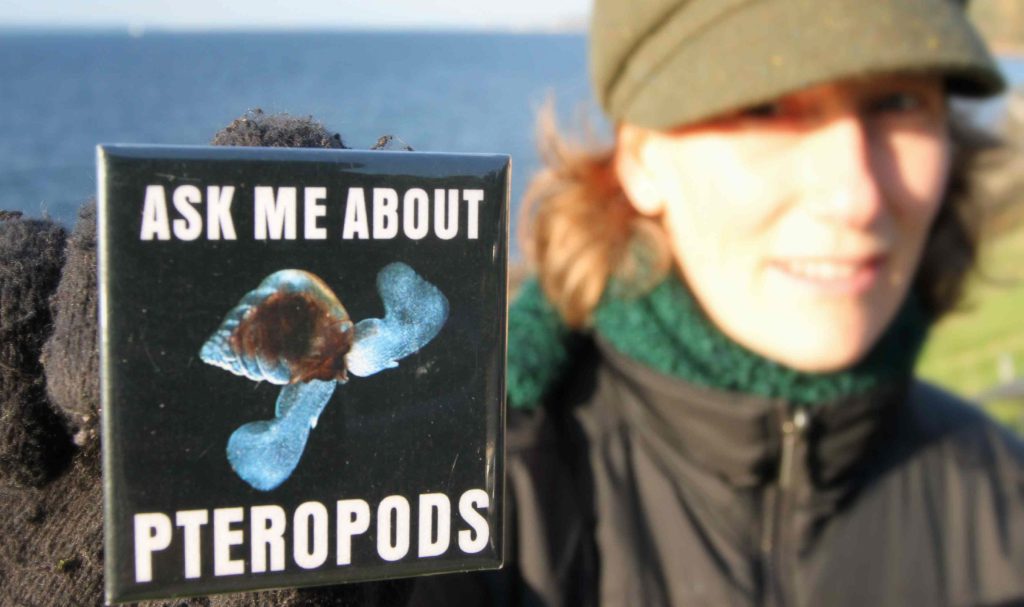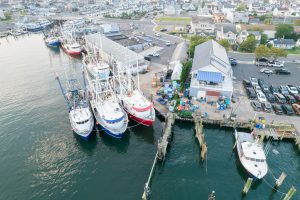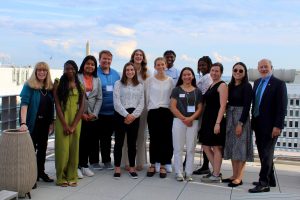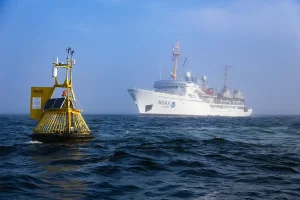December 4th, 2017, 6pm EST (3pm PST)
Phytoremediation—broadly defined as the use of living plants to clean up contaminated soil, air, and water—has been generating a lot of buzz as a potential strategy to ease ocean acidification. Phytoremediation in this context refers to harnessing the photosynthetic power of marine algae (i.e. kelp and seaweed) to absorb dissolved carbon dioxide in order to boost seawater pH and reduce stress on shelled organisms like mussels and oysters. Scientists are evaluating this approach in shellfish growing states like Washington and Maine, and the mariculture industry and government agencies that are already getting behind commercial cultivation of ‘sea vegetables’ are poised to capitalize on this potential
Please email noaa.oceanacidification@noaa.gov to request access to the video recording and slides from this presentation.
About our speaker: A microbiologist by training, Meg discovered her true calling in 2010 when she happened to read Elizabeth Kolbert’s seminal 2006 article about ocean acidification (OA), The Darkening Sea, in The New Yorker magazine. As Washington Sea Grant’s OA specialist, Meg is a resource on OA science, policy






